Day trips from Amsterdam you can make by rail
How to explore the Netherlands with a train ticket in your hand.
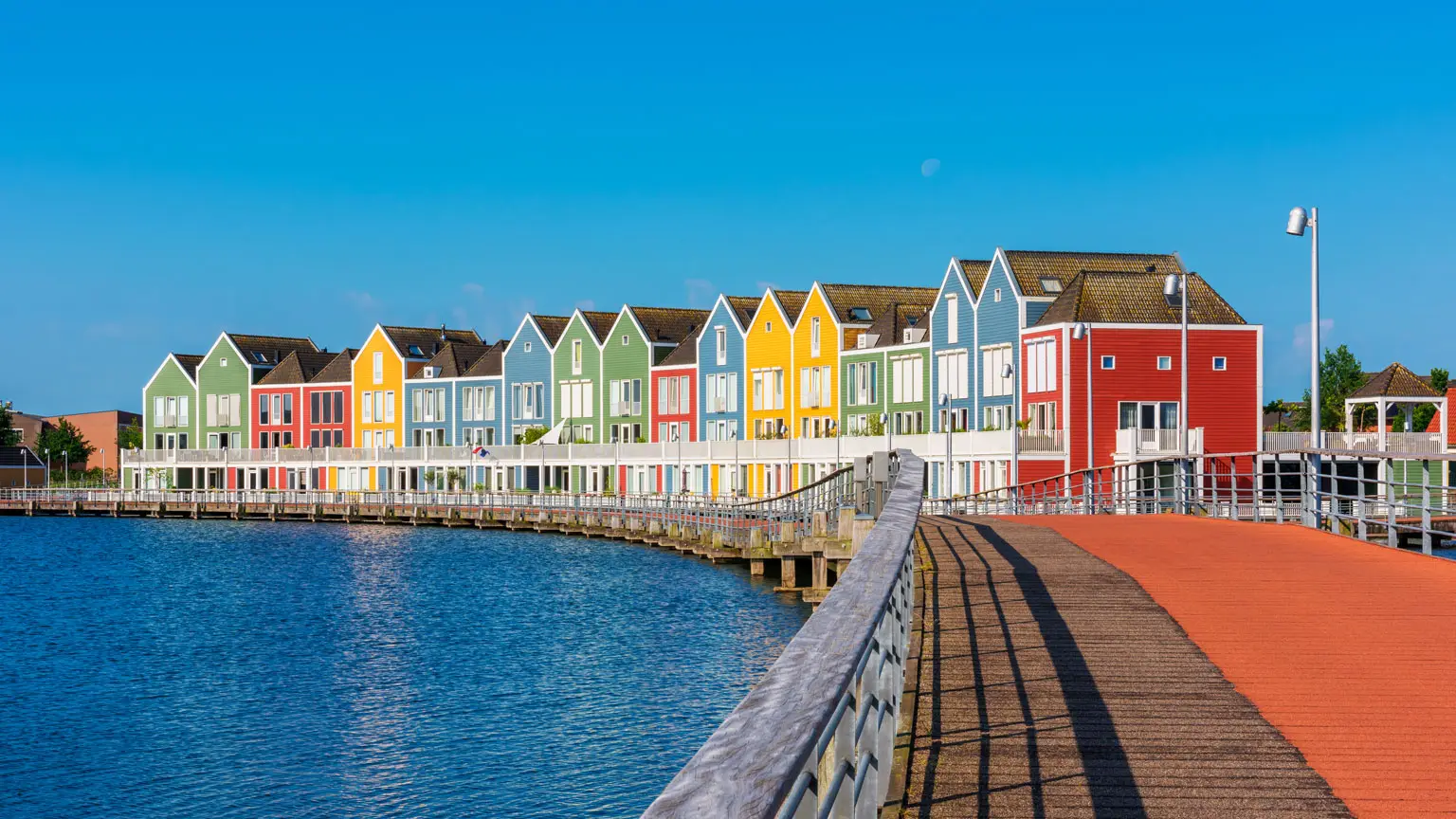

Amsterdam draws tourists from far and wide to its historic and eclectic centre. But once you've cruised the canals, biked the cobblestoned streets, appreciated the works of Van Gough and climbed the narrow staircases of Anne Frank's house, spreading your wings to explore more of the Netherlands is a must.
Beyond Amsterdam's boundaries are larger-than-life windmills, floral fields and charming townships that are difficult not to fall in love with. And they're all just a short train ride away.
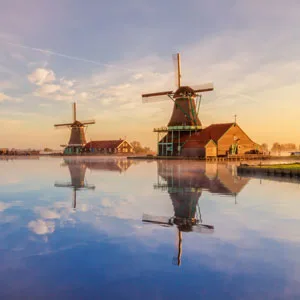
You've seen the pictures. You know, the ones where fairytale-like windmills are reflected in the still waters of the River Zaan? That's Zaanse Schans.
It's an open-air museum that winds the clocks back to the 18th and 19th centuries and lets you visit sawmills, handicraft shops and cheese making factories.
With walking and cycle paths to get around, one could literally spend the whole day in Old Holland.
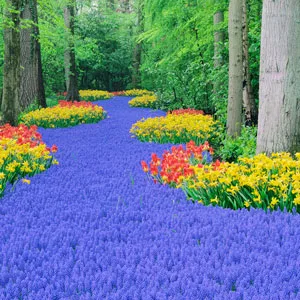
If you're lucky enough to be visiting Amsterdam in the springtime, then don't settle for the flowers in the big city.
Make the trek to Keukenhof Gardens – the largest tulip garden in the world. We're talking seven million flowers in dedicated gardens and greenhouses, nestled beside ponds and pavilions.
Not a flower person? This fantastic floral adventure might just change that.
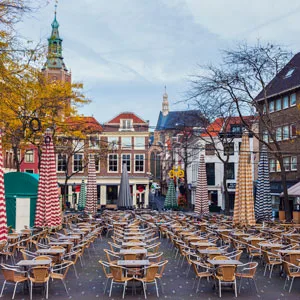
Often blindsided by Amsterdam, The Hague is the second capital of the Netherlands and is the country's seat of government. Its deep-set history is reflected in its architecture, which is a mixture of traditional Dutch, medieval and Gothic stylings.
A wander around the Plien (town square) will introduce you to the local shops, museums and political importance, all with the entrance to the House of Representatives in sight.
For something a little more touristy, hit the beach during summer or visit Madurodam, a miniature park of Holland with incredible detail from Amsterdam's canals to The Hague's Peace Palace.
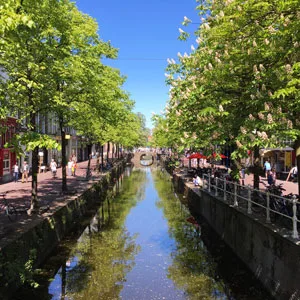
Neighbouring The Hague, and often included in day trips from Amsterdam, is Delft. It's a charming city, with small canals running alongside wall-to-wall houses, and it's small enough in size to cover in a few hours.
Delft's claim to fame was tin-glazed earthenware – otherwise referred to as "delftware" – which was manufactured there until the 1700s.
The city still specialises in crockery, though these days, it's of the ceramic kind. You'll find no shortage of stores selling Delfts Blauw (Delft Blue) pieces in town.
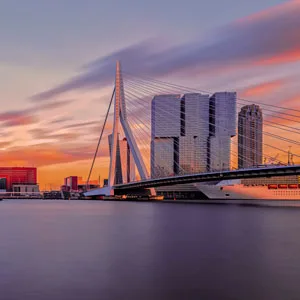
The cityscape in Rotterdam is unlike any other in The Netherlands. It's trendy, it's modern and it's experimental.
That's because the port city was almost completely devastated by German bombs in World War II, leaving little pre-war remnants.
In response, Rotterdam is now candy for an architect's eye. Its modern curiosities include the cube houses – homes shaped like cubes, but built on its axis – and Rotterdam Station, with its shiny metal roof shaped like a raised eyebrow.
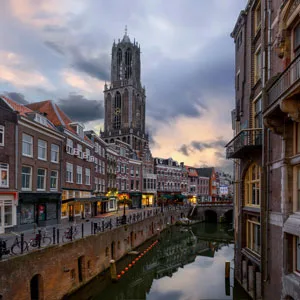
Look around, and at first glance, you'll be hard pressed to tell the difference between Utrecht and Amsterdam. Both are laden with canals, bicycles, ancient buildings and culture.
What you'll probably notice first, though, is the lack of crowds, making it a much easier city to explore – particularly during peak tourist season.
Then there's the architecture, which is arguably richer than Amsterdam's, with its Dom Tower, Gothic-style Protestant Church and Medieval gate and castle (De Haar) that looks like it's right out of a fairytale.
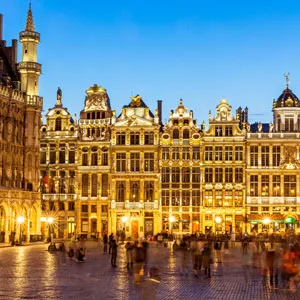
Catch a fast train (reservations required) and you'll be in Brussels in a little over two hours. Not bad, right?
The capital of Belgium is a haven for food and drink lovers. Spend the day sampling rich Belgium chocolate, Belgium waffles and Belgium beer.
In your (stomach's) off-time, the Grand Palace, with its marvellous guildhalls, is a feast for the eyes. It's also centrally located, making it easy to see on a day-long itinerary. Those who love ticking off attractions can take heart in knowing that Manneken Pis (the urinating child statue) is just a few blocks away.
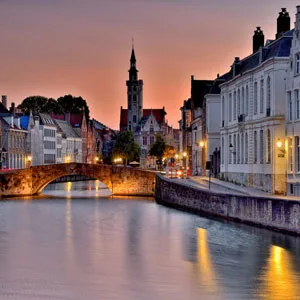
Tourism to this quiet Belgium town soared following the release of In Bruges in 2008, and it's never really subsided.
Charming and undeniably romantic, it's all cobblestoned streets, exposed brick and low-rise, multi-arched stone bridges that date back to the 1300s. The town square has a climbable tower for those awe-inspiring views, and during Christmas, Bruges comes to life with markets and an ice skating rink.
With a one-way train ride of almost three hours, it'll be a long but worthwhile day trip. The first train of the day leaves Amsterdam at 6:15am and the last returns from Bruges at 8pm.
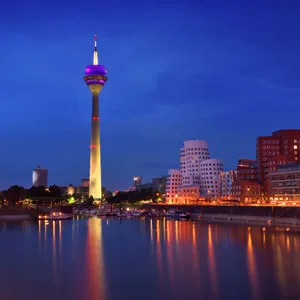
With Germany to its east, crossing over for a day from the Netherlands is a cinch. High speed trains run between the two countries, and one of the bigger cities you can get to in a just over two hours is Dusseldorf.
The city is a mix of modern and traditional, but what you've really come here for is the fashion and art scene. For threads, make a beeline for Königsallee, which is home to boutique shops, luxury brand names and art galleries.
For art, spend the day at one, or all, of North Rhine-Westphalia Art Collection's venues. There's modern art in K20, installations in K21 and temporary exhibits in Schmela Haus. They're all within walking distance of one another.
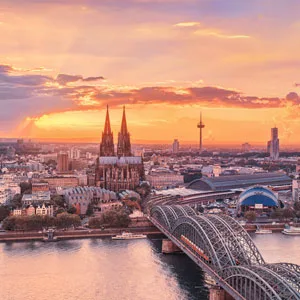
Getting off the train, it's pretty difficult to miss Cologne's epic Dom (the Cologne Cathedral). Dating back to 772, it's the centrepiece of the city, with spires 157 metres high and a tower you can climb for those views of the city's tiled tops. Without a doubt, it should be the first stop on any Cologne itinerary.
Next are the plazas, which come to life with Christmas Markets in the winter. At other times they're surrounded by darling restaurants, cafes and museums.
Speaking of museums, Cologne has many. For history lovers, the Roman-Germanic Museum has antiquities of old. For food lovers, the Chocolate Museum gives visitors the opportunity to design their own bar. For fashionistas, the Fragrance Museum will teach you about notes and tones. And for artists, there's the Wallraf-Richartz Museum – the oldest in the city – which showcases Gothic, Renaissance and Impressionist works. And that's only a snapshot.
16 hours, 470km, and NOT A SINGLE LATE TRAIN.
Only 185km to cover, but when the first train of the day runs late panic sets in.
6 lines, 374km, toilet races and indifferent locals.
4 lines, 326km, glorious beaches, graffiti drama and not enough fences
There's more to it than just rocking up with a laptop.
What's worse than a train with no first-class carriage? A train that breaks down.
Just how much can I get done on Victoria's V/Line over 2,620km of travel?
9 lines, 573km, strange fonts and excellent toilets.
Why commute on just one train line when you can commute on them all?
Staying at an Ibis, Mercure or Sofitel? No need to pay.